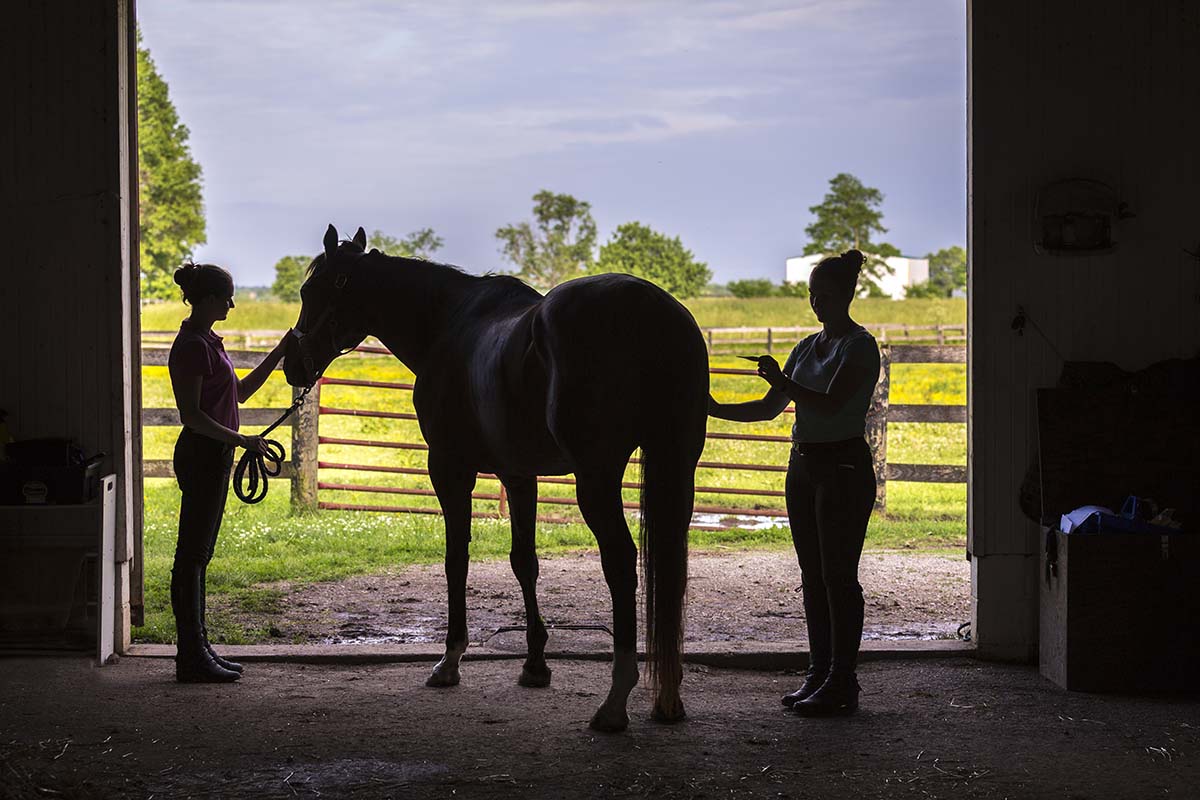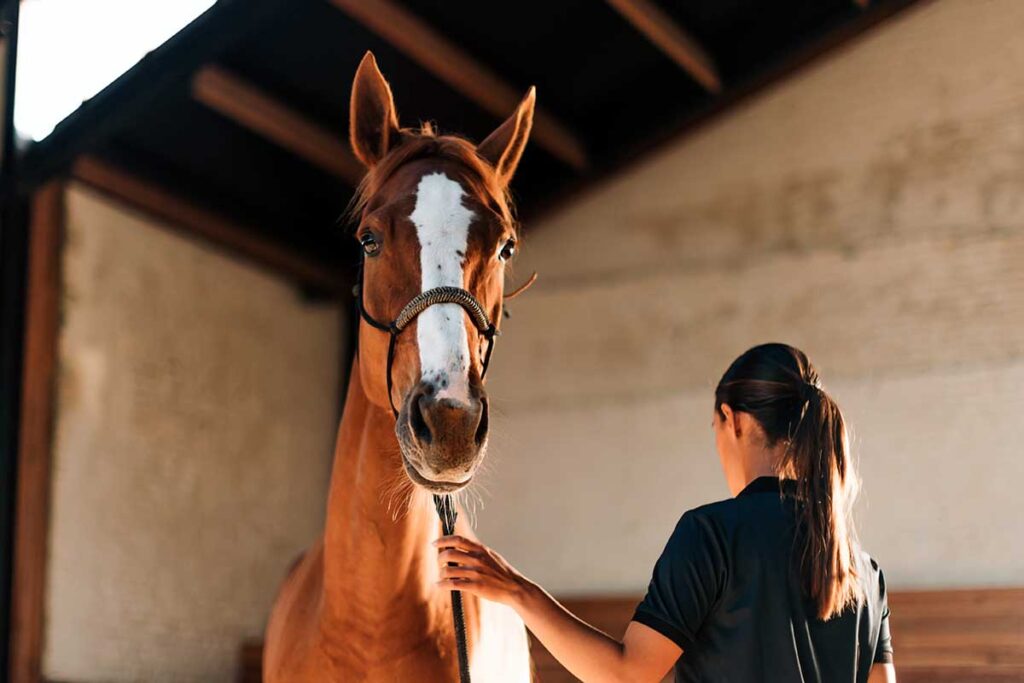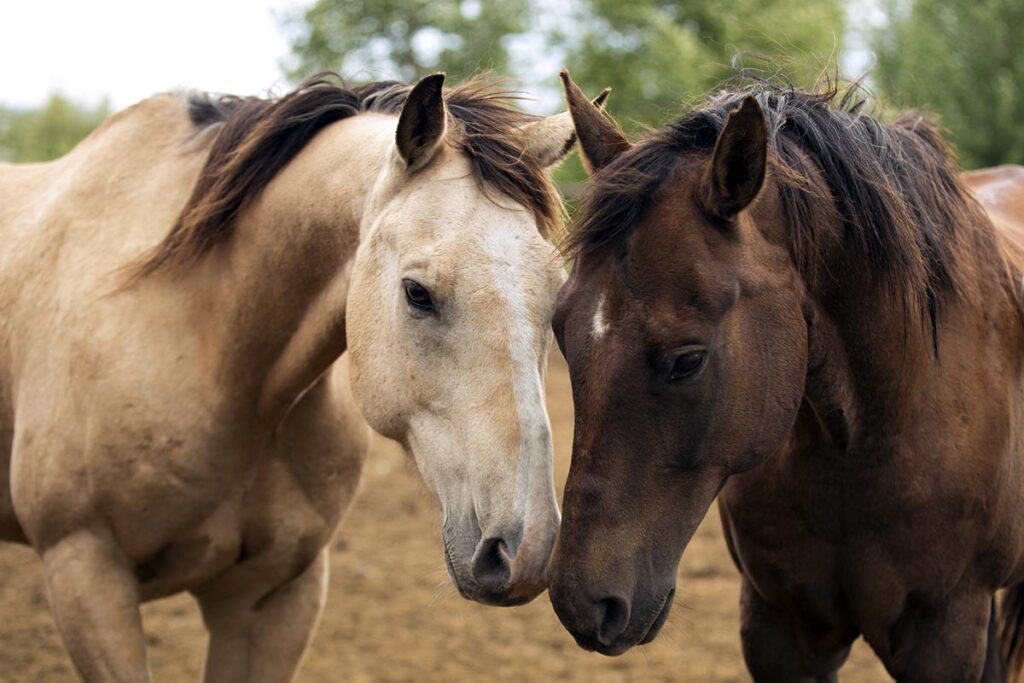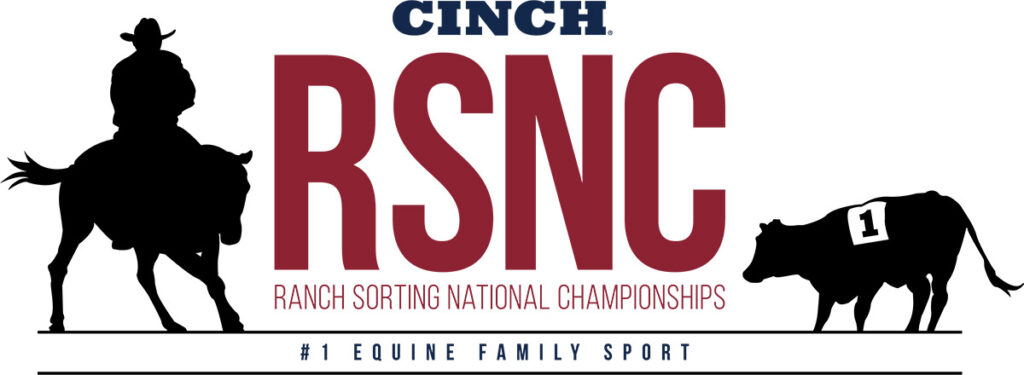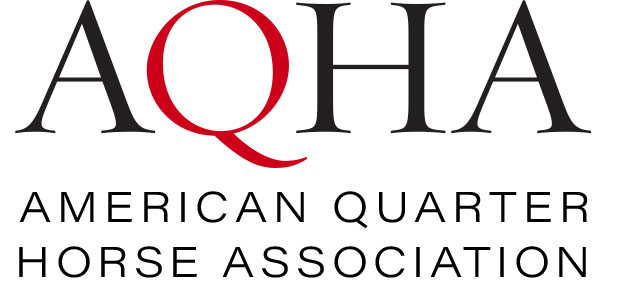When you feel under the weather, you might reach for the thermometer to see if you have a fever. The same goes for horses. Horse vital signs such as body temperature are important indicators of equine health.
It’s essential that every owner know his or her horse’s normal, healthy resting temperature, heart rate, respiration (breathing) rate, and other vital signs and how to measure them. If your horse’s resting vital signs are not in the normal ranges, call your veterinarian to see what might be wrong. Remember that very hot and humid conditions can alter these normal values.
| Normal Adult Horse Vital Signs | |
| Temperature | 99-101°F (37.2-38.3°C) |
| Pulse | 28-44 beats per minute |
| Respiration | 10-24 breaths per minute |
| Mucous Membranes | Moist, healthy pink color |
| Capillary Refill Time | Two seconds or less (time it takes for the gums to return to pink after being pressed with a finger) |
| Gut Sounds | Gurgling, gaslike growls, “tinkling” sounds, and occasionally “roars” |
Temperature
A normal adult horse’s rectal temperature should be 99-101°F (37.2-38.3°C), and a newborn foal’s should be 99.5-102.1°F (37.5-38.9°C). To take your horse’s temperature, use a digital thermometer that’s been dipped in a small amount of lubricant, such as Vaseline. Slide it a few inches into his anus and hold it in place or clip a string attached to the thermometer to the tail until it indicates the reading is complete. Make sure you leave the thermometer in long enough to avoid a false low temperature reading.
Watch: How To Take a Horse’s Temperature
Pulse

A resting adult horse’s pulse, or heart rate, should be 28-44 beats per minute. A newborn foal’s should be 80-100 beats per minute. Ideally, use a stethoscope to listen to the heart on the left side of the horse, just behind the elbow in the girth area. If a stethoscope is not handy, you can take the pulse from the lingual artery (which has a circumference similar to a No. 2 pencil). Find this artery on the bottom side of the jaw where it crosses the bone. Take the pulse for 15 seconds, then multiply that number by four to determine heart rate in beats per minute. Make sure you’re not double-counting heartbeats (lub-dub = one beat).
Watch: How To Take a Horse’s Pulse
Respiration
A resting adult horse’s respiratory rate should be 10-24 breaths per minute. A newborn foal’s should be 20-40 breaths per minute. Measure the respiratory rate by watching the horse’s flank move in and out (each inhale or exhale is one breath), watching the horse’s nostrils flare with every breath (do not place your hand or anything near his nostrils), or using a stethoscope to listen to the breaths as the air travels across the trachea when the horse inhales and exhales. This should sound clear.
Watch: How To Take a Horse’s Respiratory Rate
Digital Pulse

Feeling for a digital pulse is a useful and simple method for evaluating hoof problems. The digital arteries run down each leg. You can feel them along the side and back of the pastern and fetlock (basically, right at the base of the horse’s ankle). In the event of hoof inflammation, those arteries become “clogged,” and their pulse increases significantly. This is called a bounding pulse and can be a sign of foot pain. It warrants a call to your veterinarian and/or farrier.
Mucous Membranes
The mucous membranes, which line the mouth and gums, should be moist and pink. Normal capillary refill time (the time it takes for capillaries in the gums to return to pink after being pressed with a finger) should be 2 seconds or less.
Watch: How To Check Capillary Refill Time
Gut Sounds
Listen to your horse’s gut sounds by placing your ear or, preferably, a stethoscope, against both sides of the abdomen, high and low. A healthy horse’s gut sounds should be gurgling, with gaslike growls, “tinkling” sounds (fluid), and occasional “roars.” Prolonged silence indicates an abnormality such as colic (abdominal pain). Call your veterinarian if your horse has a lack of gut sounds combined with any other abnormal vitals.
Watch: Listening to and Interpreting Gut Sounds
Hydration
A hydrated horse will pass the skin tent test. Pinch his neck/shoulder skin briefly, then release; generally, the skin should snap back to normal in 1 or 2 seconds. Any longer indicates dehydration.
Practice taking these vitals regularly so you know what’s normal for your horse and can pick up on any brewing problems early.
Watch: How To Perform a Skin Pinch Test
Are you enjoying this content? Sign up for My New Horse’s FREE newsletter to get the latest horse owner info and fun facts delivered straight to your inbox!

